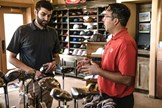The 12 biggest mistakes people make when buying golf clubs (and how to avoid them)
Published:

Buying new golf clubs should be exciting – but it can also be a minefield of bad choices and misunderstood tech. From skipping fittings to chasing distance at all costs, we break down the biggest gear-buying mistakes golfers make – and how to avoid them.
Buying golf clubs should be an exciting process – it’s a chance to update your setup, improve your game, and maybe even add a bit of swagger to your bag. But it’s also a decision packed with potential pitfalls. With the sheer volume of choice out there – and the flood of marketing hype – it’s easier than ever to make a bad buy. And bad buys don’t just hurt your wallet – they can wreck your scores, too.
From obsessing over distance to ignoring club fitting altogether, these are the 12 biggest mistakes I see golfers make when buying clubs. Whether you’re a relative beginner, a serious player chasing single digits, or an elite player trying to gain that extra edge, avoiding these slip-ups will help you make smarter, more game-improving decisions.
1. Not considering used golf clubs
A shiny new club might turn heads on the tee box, but it’s not always the smartest investment. Loads of golfers overlook the used market, where releases from recent years offer great performance for a fraction of the price. If you know what to look for – and where to get it – second-hand gear can offer a big performance upgrade without the eye-watering price tag.
Even if you’re dead against pre-owned clubs, you can often find unused models that are one or two versions older than the latest iteration for a considerable discount on their original price.
The tech in clubs typically doesn’t evolve that much from year to year, so diving into a superseded model can save you serious cash with minimal performance compromise.
2. Getting obsessed with distance
Everyone wants to hit it further. And so, when you’re testing new clubs on a launch monitor, your eyes are typically drawn to the ‘carry distance’ number. There is some merit in that – few people would buy a new driver if it flew shorter than their old one – but distance isn’t everything.
Don’t assume that an extra 10 yards on your 7-iron is automatically a game-changer. Dispersion, spin rate, descent angle, and consistency matter just as much as yardage – if not more. Distance without control is useless. A driver that flies miles but you can’t keep it in play is going to make you score worse, not better. A 7-iron that flies 190 yards but can’t hold a green is no good to anyone.
The situation where you test clubs is different from the one where they’ll be used; distance works on a launch monitor, but playability wins on the golf course.
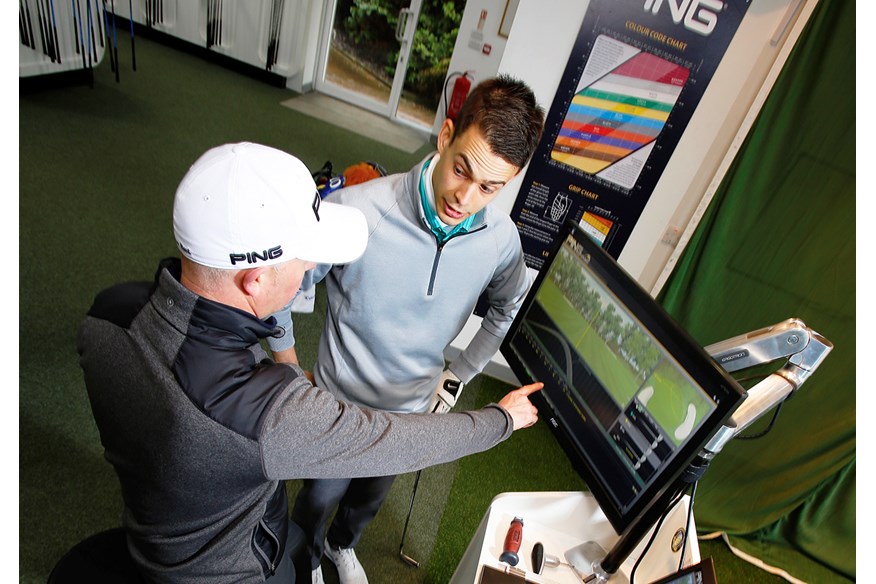
3. Assuming swing speed = shaft flex
This is one of the most misunderstood areas in custom fitting. Just because you swing at 110mph, that doesn’t mean you must play an X-flex shaft. Yes, there is some truth in the notion that slower swings typically suit softer shafts and faster swings work better with stiffer shafts, but it’s not a hard and fast rule.
Tempo, release point, transition, and feel all play a role. A more aggressive swing may benefit from a stiffer shaft than a smoother swing, even if the speed generated is similar.
There’s also no standardization between brands, so a regular shaft from one manufacturer might be more akin to a stiff shaft from another.
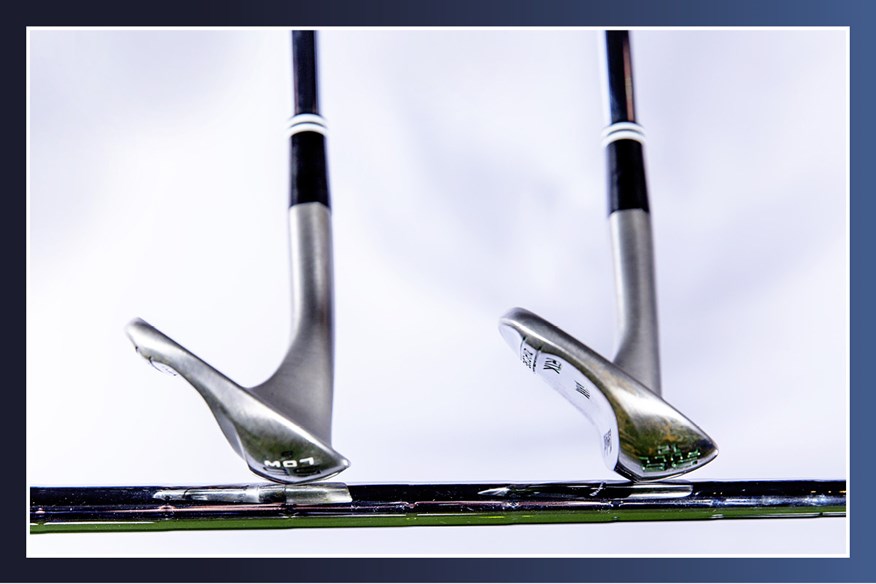
4. Overlooking wedge bounce and grind options
Wedge bounce and grind are among the most important but misunderstood elements of golf club specs. They affect how the club interacts with the turf, which has a huge impact on strike quality, consistency, and versatility. Having the wrong combination can increase the likelihood of fat and thin shots, making the short game harder than it needs to be.
What you need depends on your technique, particularly whether you’re steep or shallow into the ball, but also course conditions. Playing on soft fairways? You might need higher bounce. Tight, links-like turf? A lower bounce or a versatile grind could help.
Pros get ultra-specific with their wedge grinds for a reason. You don’t need five specialist wedges, but you do need to think about how your wedges work with your technique and your course conditions. It’s one of those details that can elevate your short game dramatically once you get it right.
5. Having multiple clubs that go the same distance
Bag setup should be about covering yardages, not just filling 14 slots for the sake of it. Too many golfers end up with two irons that fly the same distance, or a hybrid that does the same job as an iron.
That said, having two clubs that go a similar distance isn’t always a problem, provided there’s a reason. A 2-iron for low-flighted tee shots and a 5-wood for attacking greens could make sense, as long as it’s not forcing you to have gaping holes in other areas of your bag.
If each club in your bag does a specific job, you’re fine. If not, what are you carrying it for?

6. Buying clubs based on what someone else uses
Brands pay the world’s best golfers millions to use their equipment because they know it influences the buying decisions of the masses.
It’s natural to want what the best players use – but be careful. Pros have very fast swing speeds, which means the clubs that work for them might do nothing for the average golfer.
Unless you’re an elite player, you might be better off with clubs built for forgiveness, not shot-shaping.
Your clubs should reflect your reality – not your golfing idols.
And it’s not just tour pros that can be a bad influence. Just because your mate recently bought a certain club and is doing well with it doesn’t mean it’ll work for you. Everyone’s game and swing is unique, so it’s about finding what works for you as an individual. Which brings us neatly on to…

7. Not getting a proper custom fitting
If I had a dollar for every time someone had said, “There’s no point in me getting custom fitted, I’m way too inconsistent,” I’d be able to stop writing entertaining and informative list articles and retire to my private island complete with 18-hole golf course.
Sadly, I don’t, so here we are.
Your swing is more consistent than you think. It might have faults, and subtle differences may produce what seem like wildly different results from one shot to the next, but the core parts will always be the same. No golfer produces a severely out-to-in path on one shot and an in-to-out path on the next. If your swing is steep, it’ll be steep on pretty much every shot. Sure, you might be able to change those things with some lessons and a lot of work, but right now, you’ll be surprised how consistent your swing is.
Custom-fitted clubs won’t transform someone shooting 150 into a tour pro, but they will make the game a little bit easier. And, importantly, they’ll stop you having to make compensations for clubs that don’t suit you. If your clubs are too long or short, too upright or flat, too stiff or too flexible, you’re having to battle that and likely ingraining bad habits as a result.
Everyone’s body and golf swing are different. Buying clubs blindly without knowing if they’re well-suited for you is like grabbing a random pair of trainers with no idea what size they are and heading out to do a marathon.
Custom fitting doesn’t mean chasing perfection – it means removing obstacles that make the game harder than it needs to be. And it’s more accessible than ever, so there’s no excuse for not finding clubs that work for you – not against you.
8. Chasing the latest releases
The golf industry thrives on annual upgrades. But not every new release is a game-changer. Often, the performance gains are marginal – especially year-on-year.
If your clubs are old enough to get free bus fares, you might well see a big gain by ditching them for some new ones. But if you’re replacing them every year, you’re not only wasting money, you’re spending a good chunk of each season getting used to new kit.
There’s a reason tour pros, who have access to all the latest gear, don’t switch constantly – and why the most popular driver on tour is a three-year-old model that was replaced six months ago.
Stick with what works and change when there’s a real reason to, rather than getting caught in the annual hype cycle.
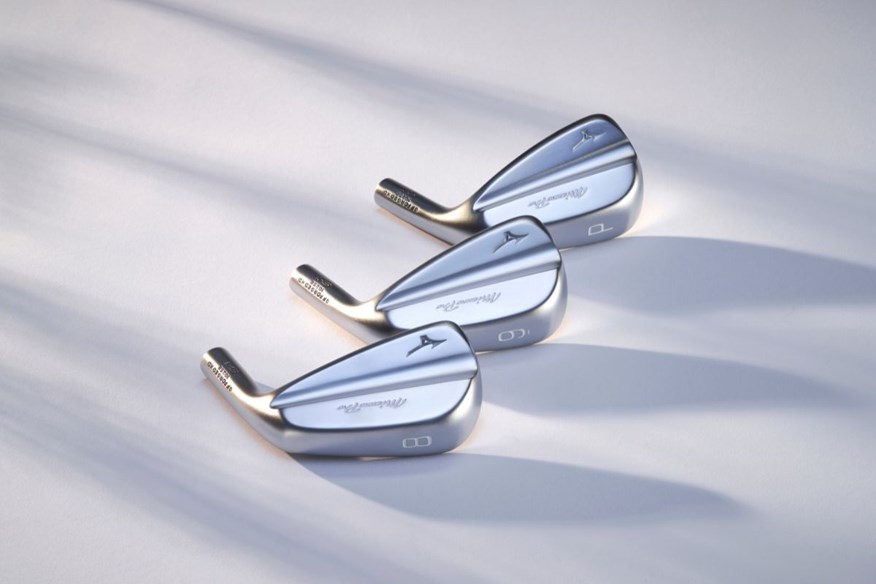
9. Buying clubs based on looks
Confession time. For years, I was desperate to play a full set of blades. A new set of musclebacks from Mizuno would have me poring over images like a horny teenager reading a blue magazine.
Meanwhile, back in reality, I’d be toe-duffing my cavity backs en route to another round in the 90s.
Golf clubs are expensive, and if you’re spending a lot of money on something, it should be something that makes you happy. But the sex appeal you see on the shelf can quickly wear off when you’ve got 200 yards over water and you’re holding a long iron that looks like a butter knife, knowing only your absolute best strike is going to get the job done.
Golf is hard enough already. There’s a reason that blades are dying out, even among tour pros. Modern clubs offer plenty of help thanks to perimeter weighting, optimized center of gravity, larger sweet spots, soles that don’t dig, and more.
And getting the most out of modern tech doesn’t mean giving up on style – plenty of forgiving clubs look the business now, too. But, at the end of the day, style points don’t count on the scorecard.
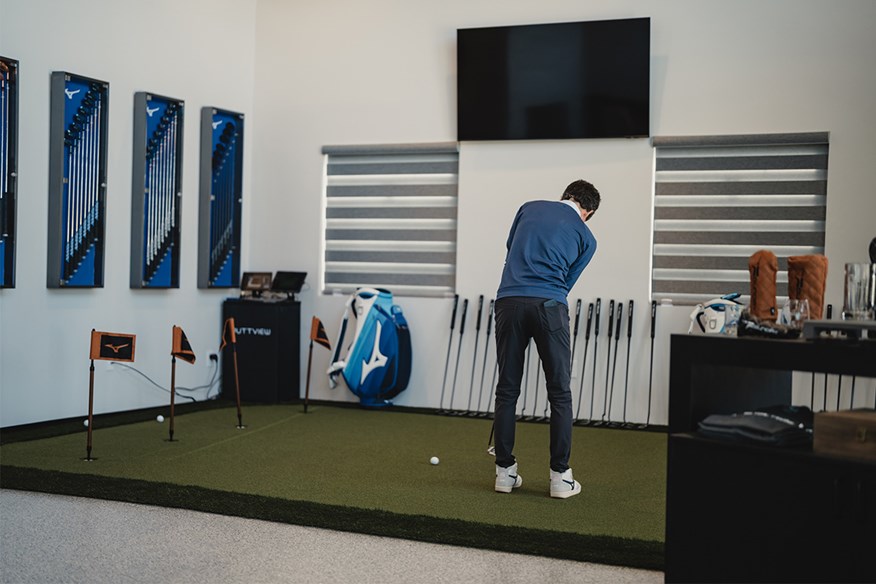
10. Underestimating the most important clubs
Drivers are great. But putters and wedges win tournaments. (Come at me, strokes gained bros.)
Too many players drop $600 on a driver and pick up a putter from the sale bin.
Around 2/3 of your shots will be within 100 yards of the flag, while you’ll only hit driver 14 times per round, at most.
Spending time getting the right head shape, neck style, grip, and length for your putting stroke can pay huge dividends. Same with wedges – understanding loft gaps, bounce, and grind can save you shots where it matters most.
11. Not testing clubs on grass
Indoor fittings are common and convenient, but hitting off mats hides a lot. A fat strike that would go 40 yards into a fairway bunker often bounces off a mat, giving you the false impression you’ve hit a good shot.
Whenever possible, test clubs outdoors – especially wedges and irons, where turf contact is a key factor. You want to see how they interact with turf, how they fly in real conditions, and how they feel off real grass.
12. Not asking questions
Whether you’re getting fitted or browsing online, don’t be afraid to ask “Why?” Why this club? Why this loft? Why this shaft? Why this grip? Understanding your gear makes you a smarter, more confident golfer – and makes your buying decisions way less random.
Knowledge is power, which is why we include buying guides and FAQs in all of our golf club recommendations. And if you have any questions that you can’t find answers to, drop us a line on social media or send us an email.
